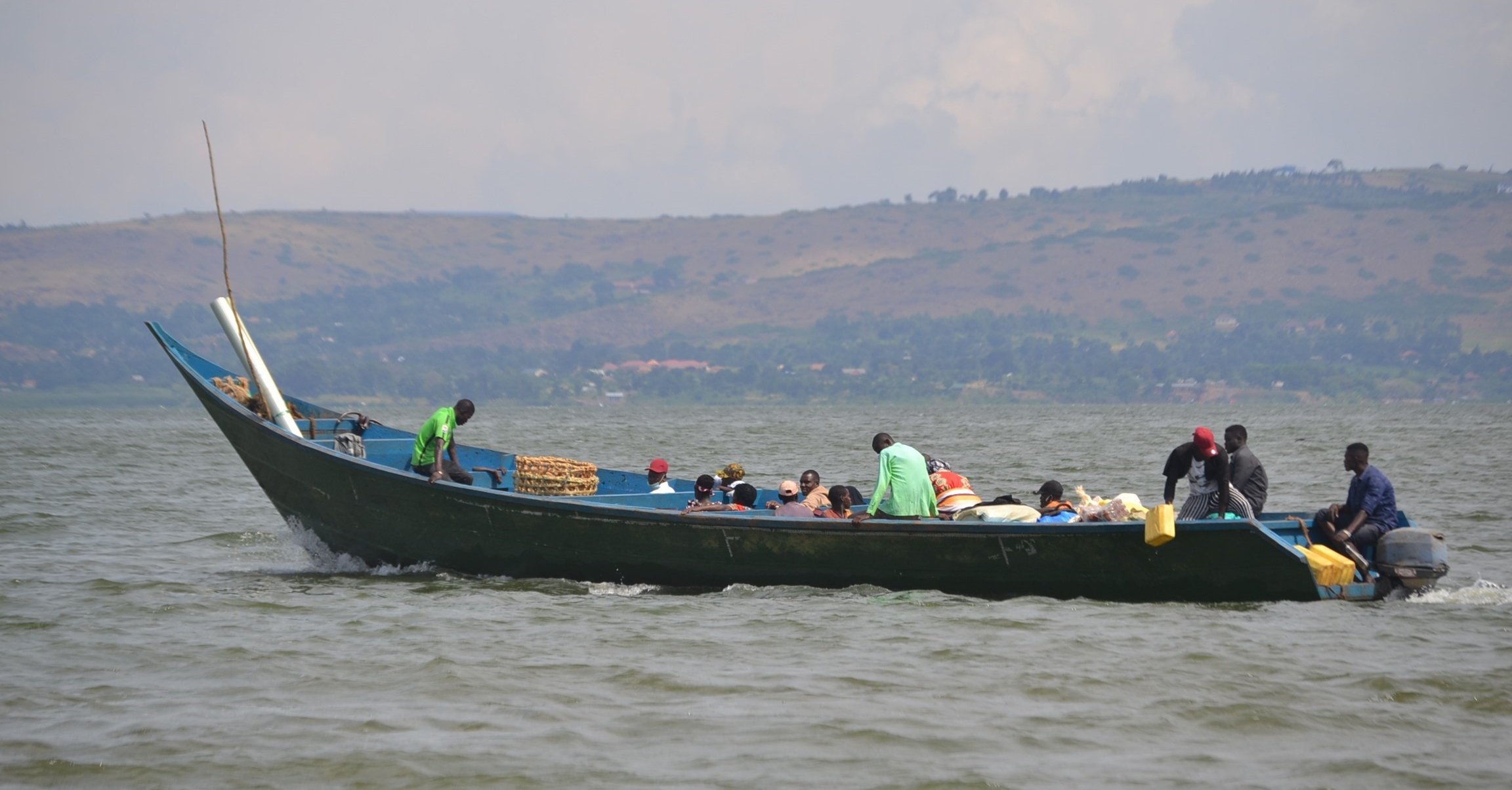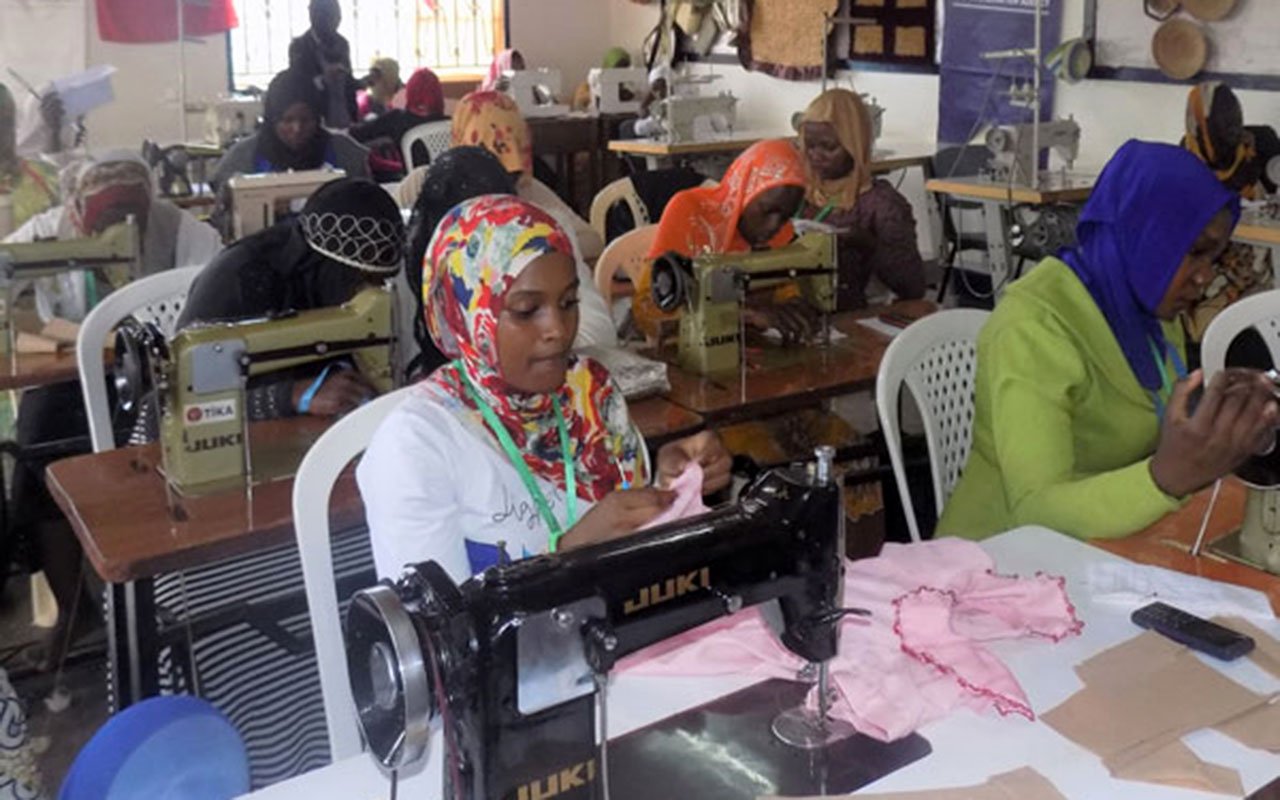A growing health crisis on Namayingo islands

Boat rides are the only means of transport between the islands of Namayingo District. PHOTO | FILE
What you need to know:
- Access to sexual and reproductive health services remains inadequate in the Namayingo islands, while teenage pregnancies continue to undermine the rights of adolescent girls and young women. As Walter Mwesigye and Nobert Atukunda report, in a country striving to uphold the right to healthcare of its citizens, these islands serve as a reminder that much work needs to be done to achieve equitable development
The Namayingo islands, located in the far eastern part of Uganda, stand as a stark example of the marginalisation faced by remote and isolated communities. The islands, surrounded by the tranquil waters of Lake Victoria, are picturesque but conceal significant social and health challenges, especially for adolescent girls and young women living there.
Despite various government and civil society efforts to uplift these communities, the reality on the ground is far from ideal. Central to this discussion is the alarming rise in HIV infection rates and the ongoing struggles with limited access to health services and education.
Islands are grappling with severe logistical challenges in delivering essential healthcare services, particularly in providing antiretroviral drugs (ARVs), which are crucial in suppressing the viral loads of those infected with HIV.
Mathias Mangeni, the assistant district health officer of Namayingo, says high HIV prevalence rates have long been a significant concern for the district. The insufficient health infrastructure on the islands is a challenge to providing timely care.
"Out of the 13 habitable islands, only eight have health facilities. Implementation of health services on the islands is very expensive because the allocation formula for government resources is the same. A health centre on the mainland will get the same funds as a health centre on an island. Carrying out outreaches on an island is very expensive because fuel is expensive,” he explains.
Mangeni adds that the cost of one health outreach on an island is equivalent to carrying out six outreaches on the mainland. Thus, the logistical difficulties faced in delivering ARVs and other essential medicines to the islands have exacerbated the HIV crisis
“What worries us most is that we are picking more positive cases from the population and yet they are not accessing health services as they ought to. This is the main reason why we still have mother-to-child transmission of HIV. Some of these pregnant girls do not attend our antenatal clinics so we cannot manage their status closely,” Mageni says.
Teenage pregnancies
At Sigulu Island, Haricam Mangeni, an enrolled nurse at Sigulu Health Centre III raises concern about the number of teenage pregnancies.
“Teenage pregnancy is very common here. If I am to use percentages, out of 100, you find that 70 percent of the pregnant women we attend to here are teenagers,” she says.
The assistant district health officer’s concerns are echoed by Arthur Maidosa, the community development officer, who works closely with the affected communities.
"The main cause of teenage pregnancy here is Disco Matanga. When someone dies, the bereaved organise a vigil with a trans-night discotheque to collect money to cover the burial expenses. This Disco Matanga is attended by young girls who end up getting pregnant,” he notes.
In response, the Centre for Health, Human Rights and Development (CEHURD) has been actively documenting the experiences of adolescents on the islands. Edith Sifuna, the organisation’s programmes manager, stresses the importance of advocacy and awareness in addressing this crisis.
"If young people cannot access sexual reproductive health (SRH) information, there will be an increase in child marriages, teenage pregnancy rates, the number of high school dropouts and poverty. People who do not have information are not able to make informed decisions about their lives,” she says.
Sifuna adds that by amplifying the voices of girls and women, urgent interventions can be made at the national level to address the health challenges on the islands.
“Lack of access to information also affects the government services because people will not come to health centres. On the other hand, it can also put a strain on the quality of services given at health centres because of the huge number of pregnant girls receiving antenatal and delivery services,” she says.
The education crisis
Education is another critical area where adolescent girls and young women on islands such as Lolwe, face significant challenges. Currently, the highest level of education available on this island is Senior Two, which severely limits the opportunities for girls to continue their schooling beyond early adolescence.
Many families cannot afford to send their daughters to schools on the mainland, leaving them vulnerable to early pregnancies and the socioeconomic constraints that come with dropping out of school.
Vulam Gonza, the district’s senior probation and social welfare officer, highlights the need for urgent intervention.
“The 13 habitable islands share one secondary school. A round boat trip between islands in the same locality costs Shs12,000. The remaining islands do not have a school. So, girls who graduate Primary Seven have nowhere to go,” he says.
Gonza adds that because the populations on the islands are mobile, the district is grappling with moral decay among the youth, which leads them to engage in reckless activities.

A nurse attends to a teenager at a health centre in Namayingo District. PHOTO | WALTER MWESIGYE
Without a secondary school on islands such as Lolwe, when a girl completes Primary Seven, the next step is for her to get married.
“Since she is not getting SRH information and services, we are going to have repetitive pregnancies that are not controlled. You find a 20-year-old girl with four children, no economic activity, and no qualifications. That means she cannot take care of her family well,” Sifuna explains.
Teenage pregnancy is further exacerbating the cycle of poverty and ill health among adolescent girls and young women. The lack of comprehensive sexual education and the unavailability of SRH services are key factors behind the high rate of teenage pregnancies.
"A few days ago, we were having discussions with one non-governmental organisation about carrying out an outreach on the island. However, when they calculated the transport costs, they discovered that the funds they had were not enough,” says Janet Nabulo, a health worker in Namayingo.
The few young people who manage to make it to health facilities face hurdles because public health centres do not have youth friendly corners.
“The government must be held to account for the gaps, some of which are low-hanging fruits like providing youth-friendly corners. These services should provide safe spaces where girls can access contraception, counselling, and guidance on their sexual health," Sifuna says.
Dr Richard Mugahi, the assistant commissioner in charge of Reproductive and Infant Health at the Ministry of Health, says efforts to extend SRH services to everyone are in earnest.
“We cannot have a health facility in every place. What we normally do is work with local governments to establish the needs and gaps in healthcare provision and then we plan on how to address them wherever they are,” he says.
On his part, the assistant commissioner for youth and children affairs in the Ministry of Gender, Labour and Social Development (Mglsd), Mondo Kyateka, acknowledges the challenges but explains that the government has since made significant moves to address them.
“As the government, our duty is to make policies and guidelines and ensure that people understand their roles. The problem with accessing SRH information is that there are so many controversies caused by cultural and religious beliefs that are standing in the way,” he says.
In 2018, the First Lady and Minister of Education, Janet Kataaha Museveni launched the Sexuality Education Framework for children who are in school. Mglsd was tasked with setting up guidelines for those children who dropped out of school.
“We made the guidelines, but we have a herculean task in implementing them. This is because, while we have met most of the religious denominations and had dialogues with them, we have failed to get an audience with the Catholic Church to finalise the guidelines,” Kyateka stresses.
He adds that on August 18, 2023, the President launched the Uganda UN Joint Adolescent and Youth programme focusing on issues of sexuality, employability, productivity, climate change and climate management, which, he says, shows that the government is trying to address the challenges faced by youth.
The Ministry of Education and Sports, through its spokesperson, Dr Dennis Mugimba, has expressed commitment to addressing the concerns about the death of secondary schools on the islands.
"The government’s plan and commitment is to have a primary school in every parish and a secondary school in every sub-county. However, we need greater budgetary support to make this a reality," he says.
In addition to addressing health and education challenges on the Islands, there is a concerted effort to empower the local communities through economic initiatives and skills training. Empowering adolescent girls and young women economically is vital to breaking the cycle of poverty.
When young women are economically empowered, they have more control over their lives and are less likely to fall into situations that put their health and well-being in jeopardy. Unfortunately, the government placed a ban on mukene (silverfish) business and yet fishing is the only economic activity on the islands.
Advocating for policy changes
Jonathan Ebwalu, the Member of Parliament for Soroti City West, emphasises the need to increase the budget allocations to the health and education sectors.
“Government needs to make education and health affordable to all people regardless of their status in life. The only way to do this is to pass into law the National Insurance Scheme so that those who contribute money can cater for the poor people,” he says.
Ebwalu adds that the country’s priorities are skewed, meaning that the government has never prioritised the health budget.
“For years, the health budget has been dropping and today it is only 4.1 percent of the national budget. During the budgeting cycle at the beginning of the year, we included funds to purchase 80 ambulances. When the president returned the budget, that money had been removed from the health budget and allocated to ROKO,” he says.
Sifuna urges that national policies must prioritise marginalised populations living on the island if the country is to achieve sustainable development.
“It is crucial that adolescent girls and young women in island communities have the same rights, opportunities, and services as their counterparts on the mainland. A return trip from an island to Namayingo District takes seven hours by boat. Then one has to ride on a bodaboda for 45 minutes to reach the town. How many people can afford this?” she asks.
Sifuna adds that by not going down to the sidelined communities to understand their challenges, the government is intentionally denying young people on the islands their human rights.
Statistics from Jinja Regional Referral Hospital show that the burden of teenage pregnancy in Busoga region stands at 18.8 percent up from 18.4 percent in 2023. As the islands in Namayingo District continue to grapple with high HIV infection rates, limited access to education, and rising teenage pregnancies, it is clear that urgent action is needed.





